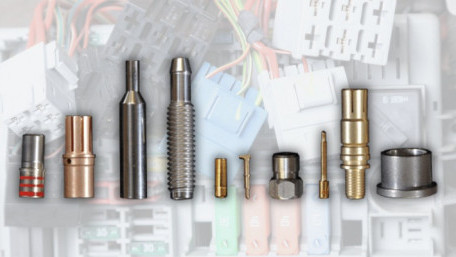
Selecting a suitable electrical connector is a process that is based on how you will terminate it to the system. This article provides advice on how to make the…
Selecting a suitable electrical connector is a process that is based on how you will terminate it to the system. This article provides advice on how to make the right contact selection for your industrial or robotic system.
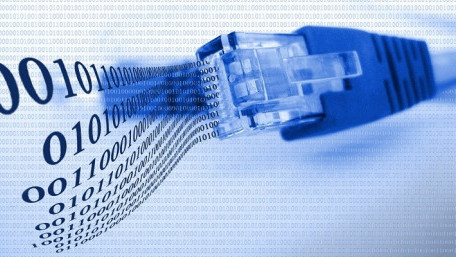
Errors in communications often manifest as a result of electrical noise interrupting the data during the transmission…
Errors in communications often manifest as a result of electrical noise interrupting the data during the transmission process, leading to various methods for determining whether received data has been damaged.
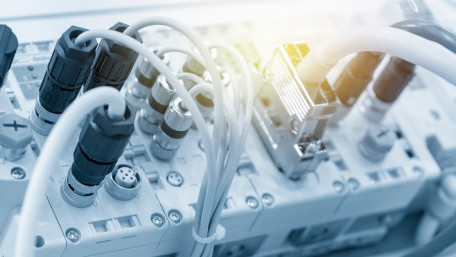
Industrial and robotics cabling requires specialized termination strategies. This article introduces connectors involved…
Industrial and robotics cabling requires specialized termination strategies. This article introduces connectors involved in automation applications for cable-to-cable or cable-to-device termination.
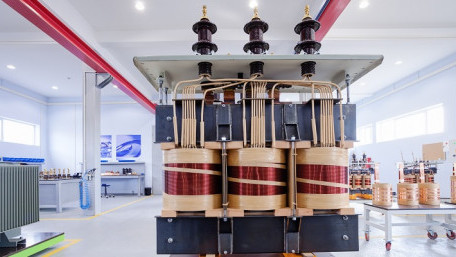
Transformer types can vary from small instruments to large power distribution systems. 3-phase systems require…
Transformer types can vary from small instruments to large power distribution systems. 3-phase systems require transformers that employ the same wye and delta arrangements common to industrial motors.
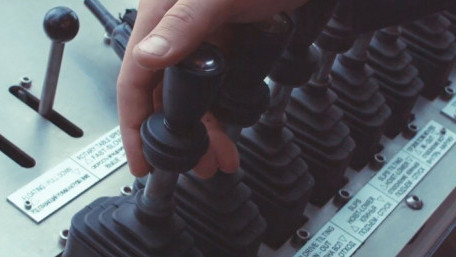
We usually think of joysticks in terms of video game controllers, but they exist in all kinds of industrial systems:…
We usually think of joysticks in terms of video game controllers, but they exist in all kinds of industrial systems: heavy equipment, overhead cranes, and even some robotic controls. But how do they work?
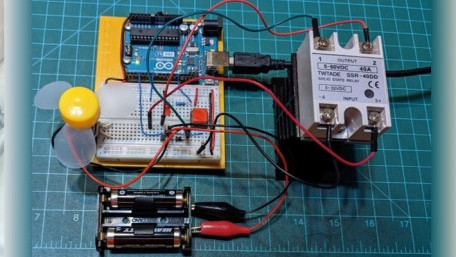
Variable control allows external conditions, like temperature, to be monitored so the controller can activate devices to…
Variable control allows external conditions, like temperature, to be monitored so the controller can activate devices to heat or cool the system as needed. Simulate a temp controller with low-cost components!
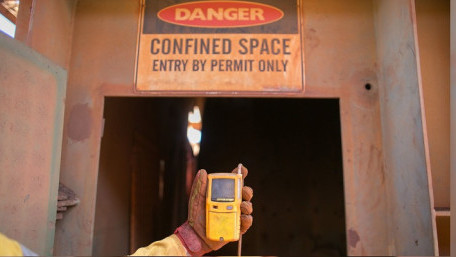
We see smoke detectors on a daily basis in every house and building we visit, but the same sensor elements, and others,…
We see smoke detectors on a daily basis in every house and building we visit, but the same sensor elements, and others, can be used to detect the presence of harmful gasses and heat in all industries.
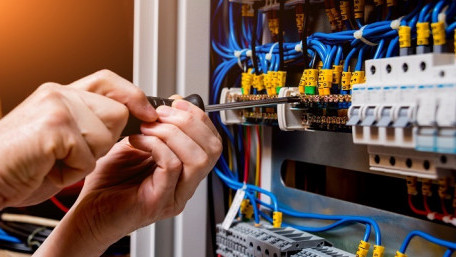
Designing, installing, and maintaining control systems involves a lot of wires. Each wire has a purpose, often indicated…
Designing, installing, and maintaining control systems involves a lot of wires. Each wire has a purpose, often indicated by the color of the insulation. But what are the common colors, and what do they mean?
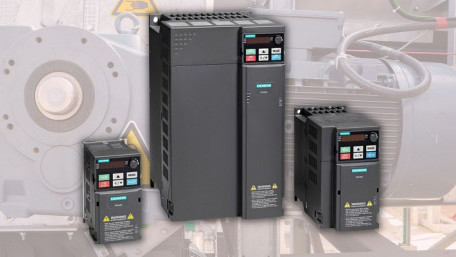
Many VFDs use digital inputs to control operation, rather than PLC-driven network communications. Learn about 2-wire and…
Many VFDs use digital inputs to control operation, rather than PLC-driven network communications. Learn about 2-wire and 3-wire digital input control schemes for ABB, Omron, Rockwell, and others.
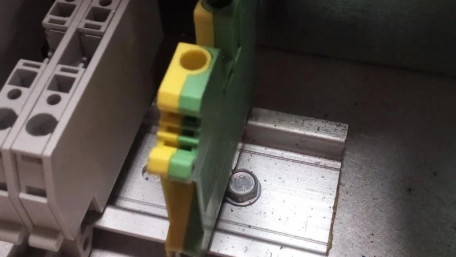
The subject of grounding in electronics is broad and complex, spanning across a variety of functions and objectives. In…
The subject of grounding in electronics is broad and complex, spanning across a variety of functions and objectives. In this article, we will investigate the applications and regulation of grounding in control systems on a fundamental level.

This article discusses the somewhat outdated yet occasionally encountered binary-coded decimal (BCD) number system and…
This article discusses the somewhat outdated yet occasionally encountered binary-coded decimal (BCD) number system and its use in instrumentation and control system displays.
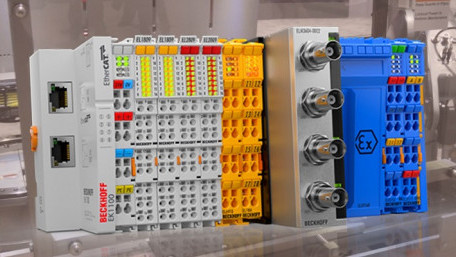
EtherCAT is an often preferred competitor in the arena of industrial networking protocols. Learn the reason why many…
EtherCAT is an often preferred competitor in the arena of industrial networking protocols. Learn the reason why many technologies embrace this protocol and what sets it apart from other fieldbus varieties.
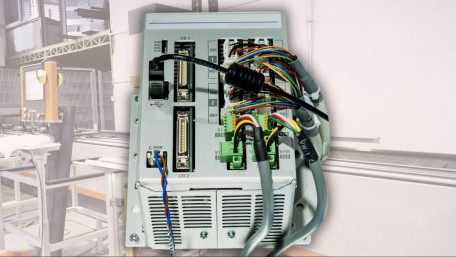
Analog outputs are a special signal with a wider current or voltage range, in contrast with a limited discrete on/off…
Analog outputs are a special signal with a wider current or voltage range, in contrast with a limited discrete on/off output. These signals are used to control or set parameters for other automation systems.
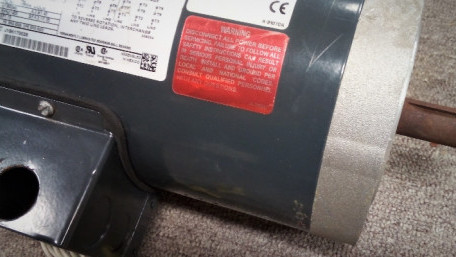
Large motors require a circuit to turn on and off. This may be as simple as a single on/off drum-type switch or as…
Large motors require a circuit to turn on and off. This may be as simple as a single on/off drum-type switch or as elaborate as a VFD unit. Learn about some common control circuit designs for typical three-phase motor requirements.
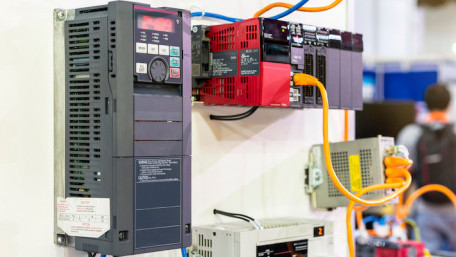
Using an electronic data sheet or add-on profile is an easier method than having to manually configure and map a generic…
Using an electronic data sheet or add-on profile is an easier method than having to manually configure and map a generic Ethernet module. Learn about the differences between an EDS and AOP and how and when each is used.
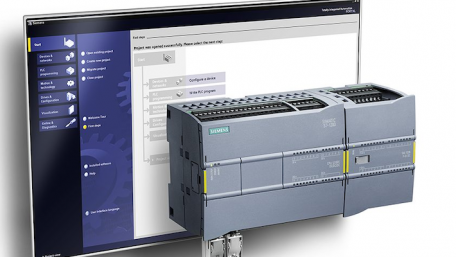
The S7-1200 is one of Siemens’ most popular PLC options for relatively small automation projects. Learn how to use the…
The S7-1200 is one of Siemens’ most popular PLC options for relatively small automation projects. Learn how to use the Totally Integrated Automation Portal to design simple ladder logic programs.
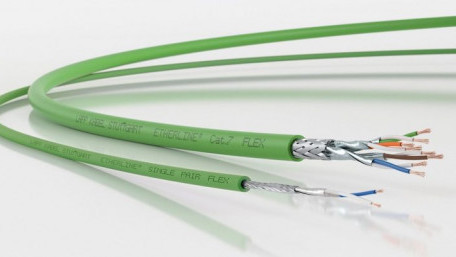
Industrial Ethernet is getting a facelift, but will the industry adopt this new change? Single Pair Ethernet (SPE) offers…
Industrial Ethernet is getting a facelift, but will the industry adopt this new change? Single Pair Ethernet (SPE) offers gigabit speeds with a reduced footprint. When is it used, and where?
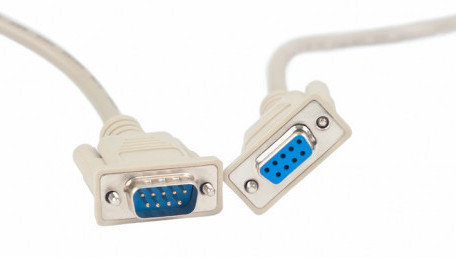
There are many settings and configurations to consider when using RS232 devices. This article breaks down this…
There are many settings and configurations to consider when using RS232 devices. This article breaks down this communication standard and explains how to send messages from one device to another.
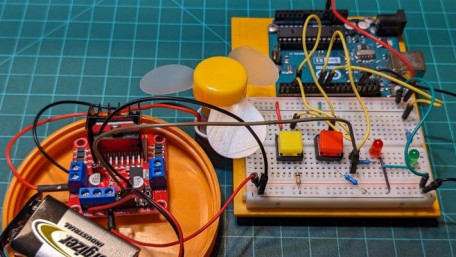
DC motors are an old technology still commonly used in industry. This hands-on article shows how to implement a Count Up…
DC motors are an old technology still commonly used in industry. This hands-on article shows how to implement a Count Up (CTU) counter on an Arduino OpenPLC Simulator to control a low-voltage DC motor.
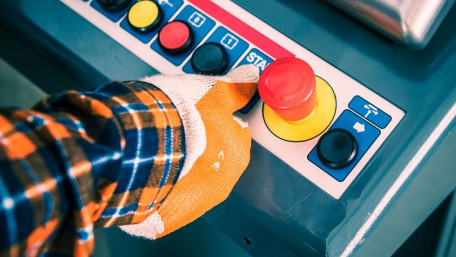
Machine safety design can be a daunting task with all the different safety devices on the market today. Choosing the…
Machine safety design can be a daunting task with all the different safety devices on the market today. Choosing the correct device for your design can be made easier by understanding when to use the proper device.
